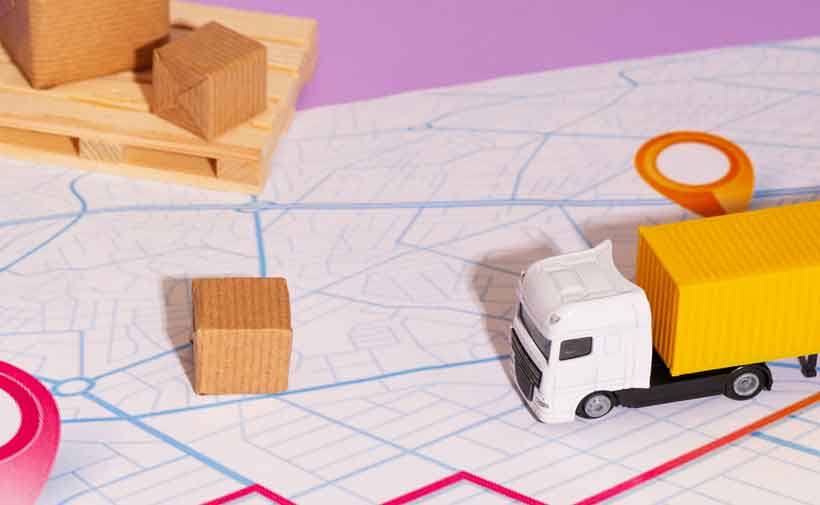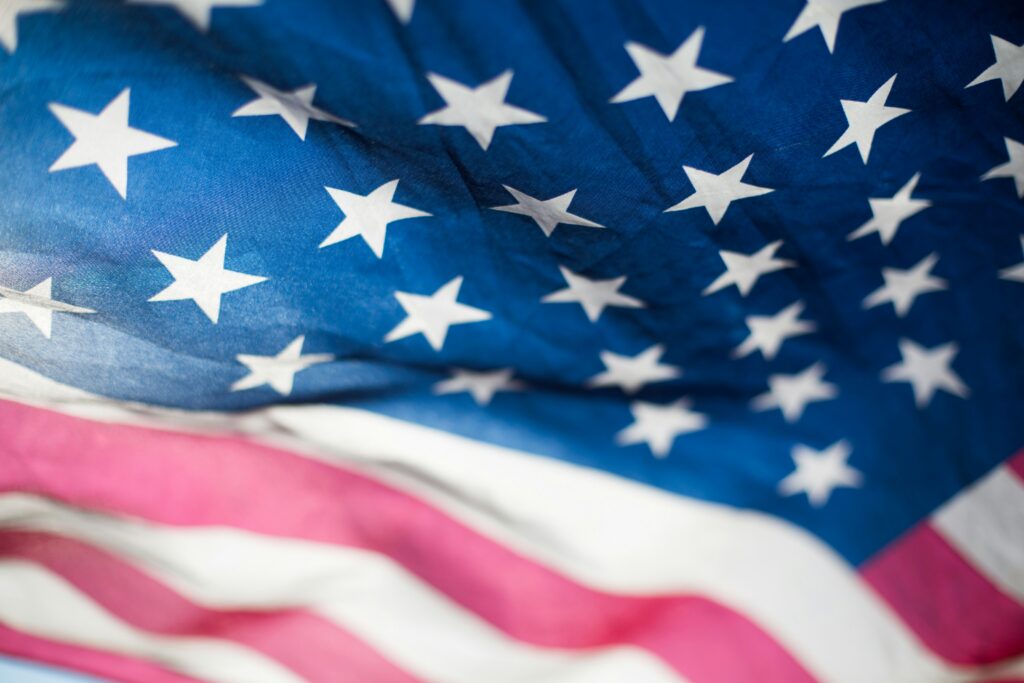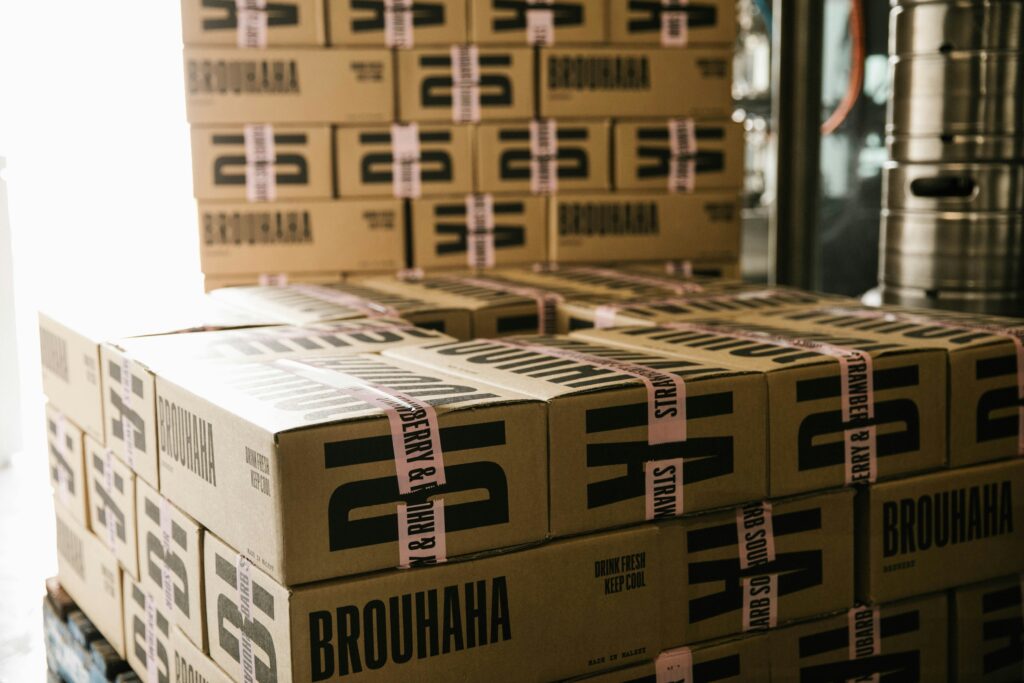How to provide a clear goods description when classifying
Topics

Every product that crosses borders must be classified to determine its tariff code. Doing this right means your goods will arrive at their destination on time and without delay— something everyone involved in trade wants whether you’re a product buyer, in the warehouse, or on the shop floor.
At the heart of this process lies the goods description—a concise yet comprehensive, and legal, description of the item being classified. Getting the information needed for customs classification can sometimes prove a challenge as data can be held in numerous sources or with your suppliers. But it’s a crucial aspect of classification to address that will lead to accurate classification and improved  compliance.
compliance.
Here’s our guide to navigating this important aspect of classification.
Six steps to the perfect goods description
Be specific, yet concise: The key to a clear goods description is finding the balance between specificity and brevity. Include essential details such as material composition, function, and intended use, while avoiding unnecessary jargon or superfluous information. For example, instead of simply stating “fasteners,” specify the type (e.g., screws, bolts) and material (e.g., stainless steel, brass). This is because tariff codes in many cases are classified according to material type.
Use standardised terminology: Consistency is key when communicating with customs authorities worldwide. Use standardised terminology and the central Harmonised System (HS), from which all tariff codes are based, to ensure you follow the guidance provided. It’s also important to keep up to date with changes to the Harmonised System which can happen regularly. Our TariffTel solution provides automatic notifications to let you know when your codes have changed, giving you time to update them before shipments leave with the incorrect paperwork in place.
Provide visual aids: Sometimes, words alone are not enough to accurately describe complex products. That’s why we introduced the image functionality into TariffTel to enable businesses to upload and store product images which can be accessed centrally to all who need to see them. These visuals can help customs officials better understand the nature and characteristics of the goods, reducing the risk of misclassification.
Include technical specifications: For products with unique or specialised features, it’s a good idea to include technical specifications such as dimensions, weight, and performance metrics. These details enhance the clarity of the goods description, make sure the correct code is assigned and you’re paying the right duties and taxes.
Consider regulatory requirements: Certain products may be subject to specific regulatory requirements or restrictions based on factors such as health and safety, fat or sugar content in food items, or environmental impact in the case of wood used in homewares. Ensure that your goods description accurately reflects these additional considerations to avoid delays or penalties during customs clearance.
Update regularly: Nothing in trade stands still and it’s likely that the composition of your products could change over time, especially if they are best-sellers and you have sold the product for a while. It’s a good idea to regularly review and update your goods descriptions to reflect any modifications or enhancements to your product line. This proactive approach will keep you compliant with evolving trade regulations.
For more insight into how to classify goods correctly, take a look at some of our sector specific guides on classifying food and homewares.
A customs classification solution like TariffTel can help streamline the process of classification and support your team in creating accurate goods descriptions which lead to the correct tariff code. TariffTel’s combination of customs data and our unrivalled team expertise create a precision solution for every business prioritising trade and growth.
If you want to find out more about TariffTel, please contact our team for a demo.
Other Useful Resources
30% US tariffs set for EU goods – what’s the impact
One of the sharpest unilateral trade actions in recent years is currently heading our way on 1st August 2025 with Presid...
The end of US de minimis – what’s next?
Significant trade news from the US this month with President Trump signing into law the “One Big Beautiful Bill” (OB...
How to avoid overpaying customs duty & classify smarter
Your how-to guide to tariff code accuracy If you handle HS, HTS, tariff or commodity codes, this how-to guide...



